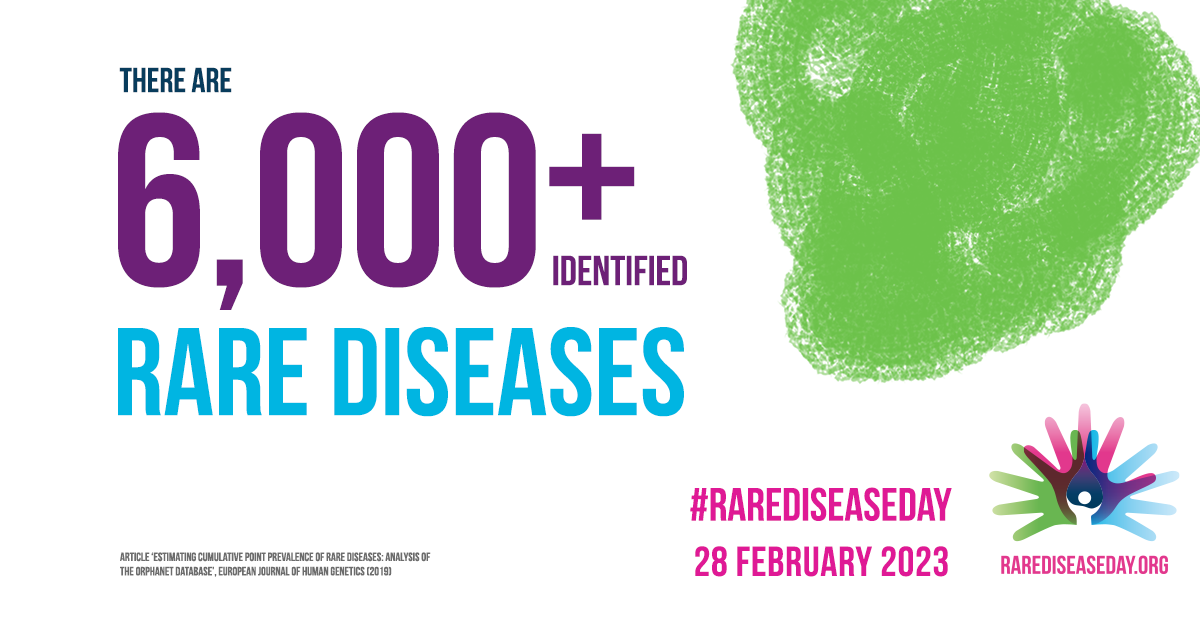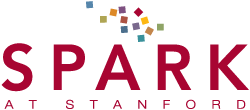Bridging The Gap

A SPARK team is developing a unique therapy for a rare disease that they think can serve as a platform
February 27, 2023
Patients with rare and ultrarare diseases often have limited or no options for treatment. Drug development for these diseases is costly and time-consuming, requiring an understanding of the biology of each patient’s unique disease as well as designing a therapeutic strategy. Rare disease patients, many of them children, often have severe symptoms, decreased quality of life and unknown disease trajectory.
“The path to therapeutics for rare disease patients is still challenging,” said Matthew Wheeler, MD, PhD.
A SPARK team lead by Thomas LaRocca, MD, PhD and Wheeler wants to change this. Using a growing therapeutic modality called anti-sense oligonucleotides, the team is developing a therapy for a single pediatric patient with a rare genetic mutation. Their hope is that by carefully and methodically outlining the process to develop this therapy, they will remove barriers to developing this type of treatment for other rare disease patients.
LaRocca began his medical career in cardiovascular disease. In 2020, he and colleagues published a paper using an anti-sense oligonucleotide (ASO) to target a mitochondrial protein that was dysregulated in heart failure, and showed the ASO improved cardiac dysfunction in mice. As a growing scientist, it was the first time he had treated a living animal, and it was a turning point for him as an MD-PhD. LaRocca wanted to use his career as a different way of approaching medicine, in which the patient is the focus. “From my perspective, it’s a single, five-letter degree, rather than a dual degree,” he said.
That work piqued LaRocca’s interest in ASOs. He asked, “how can we design an ASO for a patient?” That’s when he reached out to Wheeler, who was familiar with rare and undiagnosed diseases. Wheeler directs the Center for Undiagnosed Diseases at Stanford, a clinical site of the Undiagnosed Diseases Network (UDN).
Together LaRocca and Wheeler identified a single patient with refractory epilepsy and severe epileptic encephalopathy, associated with a single mutation in a gene. Patients with this mutation and similar ones have a spectrum of severity of symptoms, including epilepsy, seizures, cognitive and developmental delay, and motor and movement disorders, “which severely limits their quality of life” and require a significant amount of care by the patient’s medical team and family, LaRocca said.
The field of anti-sense oligonucleotides (ASOs) is gaining ground as a personalized medicine strategy. ASOs are small strands of DNA or RNA that can bind specifically to mRNA and alter gene and protein expression. As a therapeutic, they are relatively safe compared to viral capsid strategies, easy to make and straightforward to manufacture, LaRocca said. That makes them cheaper and faster to produce than other gene therapy options, ultimately reaching patients quickly and with less cost. This aligns with the team’s goal to treat this current patient and other rare disease patients. As the team is working on this current therapeutic, they are thinking bigger picture: using this project to create an entire platform on which ASOs can be quickly designed and deployed to other patients.
The team is aiming to use the ASO to decrease protein production in the patient. They hypothesize that the mutation causes protein accumulation in the brain, and this imbalance in proteostasis is a key mechanistic feature of the patient’s symptoms. LaRocca noted that the team’s approach is unique in that they’re not deciphering the disease mechanism first and then creating the therapy. Rather, they’re performing studies in parallel to understand the patient’s mutation and how it impacts the protein’s function, and at the same time design an intervention for it.
The team is starting with cells from the single patient to perform studies, both to understand the disease physiology and how the ASO impacts cell physiology and protein content, and in parallel perform a CRISPR strategy to correct the mutation. They’re also developing a mouse model to test the ASO. Eventually the team hopes to recruit more patients with the same or similar mutations for studies. They’ve started a patient registry with this particular patient, and plan to expand that registry with patients with the same mutation and others.
LaRocca emphasized the team science and collaboration that underlies the project. “There’s not one central lab, and everyone plays a critical part.” The team relies on each of their own strengths along with interaction with other experts, such as chemists, as well as the patient’s family and others in the rare disease community like genetic counselors.
“This project isn’t going to just end with this patient,” LaRocca said. “We want to create and generate a process, a platform, where we can bring team-based science to be able to work collaboratively with patients and their families to generate new therapies, where they haven’t had options.” The team wants to not only help patients with nanorare or ultrarare disease, but ultimately target patients with more common diseases. There are different mechanisms by which ASOs work, making them amenable to many different strategies that could work therapeutically for various indications.
LaRocca said, “Once we have the groundwork, we hope that the next iteration will be more efficient.” The strategy for future patients will be similar, he said, “of learning in parallel, where you’ll be learning about the patient’s disease process and designing a therapeutic at the same time.”
Ultimately, LaRocca and Wheeler want to have a center for precision medicine that includes a pathway for basic science and discovery alongside a pathway for drug development, at which patients can be identified that are suitable for ASOs. “A center that shares knowledge across spaces is critical,” Wheeler said.
“For our team, there’s a sense of urgency.” Some researchers have never had the personal experience of taking care of a patient, LaRocca said. “There’s a different component to this research project that’s given people a sense of purpose.”
The team is working with a pediatric neurology team with experience both in epilepsy and ASO trials to navigate the eventual clinical trial in which the single patient will be treated with the ASO therapy. LaRocca said an ‘n of 1’ trial is a “very unique situation where you’re trying to figure out if your intervention is working” without the benefit of multiple patients and randomization. Wheeler added, “a significant challenge in the rare disease space is, depending on the types of symptoms, it can be difficult to impossible to prove that the therapy works.” The team therefore maintains a close relationship with the patient’s family to monitor their symptoms.
Both LaRocca and Wheeler said that SPARK, in particular co-directors Kevin Grimes and Daria Mochly-Rosen, have been instrumental in providing advice for the project and bringing a diversity of opinion and thoughtfulness to the process. “It’s a community of people who are doing therapeutic development for the right reasons, which aligns with our values: Tom and I are doing this because we want to help this family and help others,” said Wheeler.
Wheeler added, “Our goal is to define the process, and help design the technology and space that could be applicable to others in the rare disease space. There’s things we’ve already learned throughout our work, and we’ve also found things that will be hard every time, like spending time with the patients and families, and trying to understand on a certain level the biology each time.”
